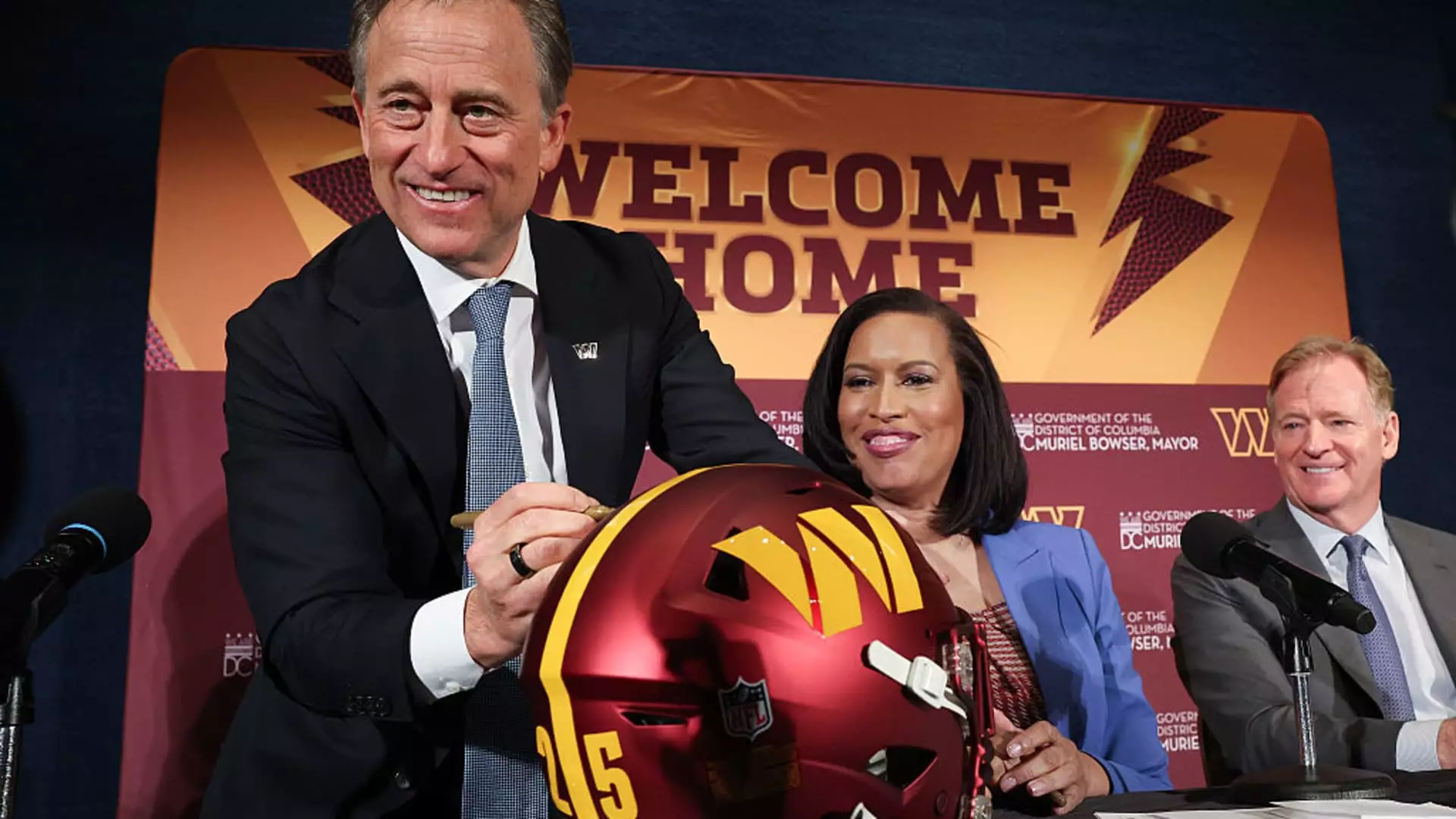The Washington Commanders are coming back to the heart of D.C., and this transition marks more than just a simple relocation; it signifies a powerful return to their roots. After an absence that stretched back to 1997, when they moved their operations from RFK Stadium to Landover, Maryland, the Commanders’ comeback resonates with historical significance. The memories of glory days, where the team clinched three Super Bowl victories and entertained countless fans, are etched in the city’s collective memory. The new stadium at the RFK site will not just be a venue for football; it will be a shrine to a team that once flourished amid the cheers of passionate fans.
A Monumental Investment
The projected $2.7 billion investment by the Commanders, alongside a $500 million contribution from the city government, reveals a commitment that’s much more substantial than mere financial figures. This investment promises to transform the RFK area into a multi-faceted hub of activity—housing, retail, parkland, and more. With an additional commitment from Events DC towards infrastructure development, the total investment will hover around $3.7 billion, indicating a monumental effort to reinvigorate a significant part of the city.
Jobs and Economic Impacts
The positive economic implications can’t be understated. The Commanders expect their new facility to generate about 2,000 permanent jobs and bring in roughly $4 billion in tax revenue over 30 years. With more than $15.6 billion in anticipated direct spending, this project represents a potential goldmine for the local economy. For a city that has faced challenges in economic equity, this could be a vital boon—creating opportunities and stimulating growth in a community that eagerly deserves it.
Community Investment over Corporate Gain
Despite the excitement, skepticism remains about the intertwining of corporate interests and public funding. While the Commanders and the city tout this resurgence as a collective win, there’s wariness about prioritizing a sports franchise over other pressing community needs. Will the promised jobs translate into real benefits for D.C. residents, or will they primarily enrich corporate stakeholders? A $500 million commitment from the city cleanly juxtaposes the need for accountability—requiring that the promised benefits equate to tangible, lasting impacts for those residing in the shadow of the new stadium.
Building a Vision Together
Washington’s Mayor Muriel Bowser heralded this development as a reprieve for the city, claiming the entity would blend entertainment, housing, and recreation harmoniously. However, such grand visions must be nurtured with mindfulness and consideration for inclusivity. An opportunity exists here to engage community voices throughout the development process. Ensuring that local stakeholders play integral roles in planning and feedback could lead to a revitalized sense of ownership—transforming this once-barren space into something that truly belongs to its residents.
The Face of Modern Sports Culture
As society evolves, so does sports culture. The new RFK Stadium promises modern amenities reflective of current trends, including a roof and an expansive capacity for 65,000 fans. This blend between nostalgia for yesteryears and the necessity for modern innovation represents a transformative phase, aligning the Commanders with the increasingly diverse demands of contemporary society. With the spotlight shining on sustainability and inclusivity, the Commanders have the potential to lead by example as they step into this new era.
While many are celebrating this monumental return, vigilance from the community, the city, and even sports fans will be necessary to ensure this endeavor serves its intended purpose—reviving not just a football team, but enriching a city and its people.

